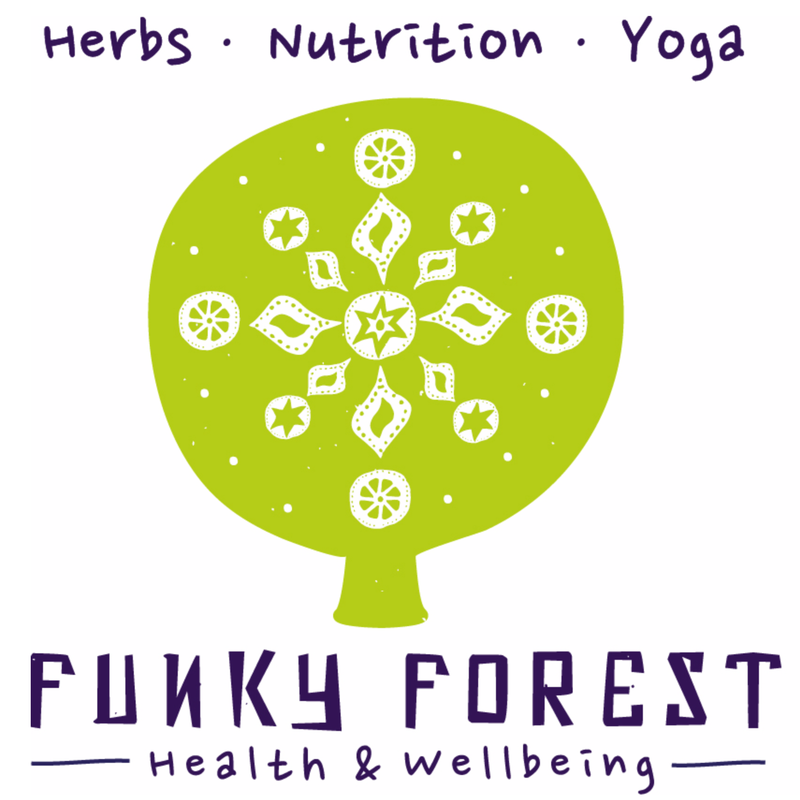Phase 1: The Menstrual Phase
Phase 2: The Pre-Ovulatory Phase
The cyclical nature of the menstrual cycle communicates our constantly changing needs. And the benefits of paying attention to these needs are SIGNIFICANT! In this series we will explore the different phases of the menstrual cycle and how to best honour them using nutrition, herbs, and lifestyle changes.
In previous articles and podcasts we have discussed Phase 1: The Menstrual Phase and Phase 2: The Pre-Ovulatory Phase.
In this article we will explore the third phase of the menstrual cycle - The Ovulatory Phase.
PHASE 3: THE OVULATORY PHASE
Ovulation, and the surges in LH and FSH that follow it, occur smack bang in the middle of these two phases. At the crossover point if you will.
This is when we are moving from an overall low-hormone phase to a high-hormone phase. We are transitioning from our physiology being "more like a male" to "more like a female".
This is another reason I break the cycle into five phases instead of two, because there are SO many more things happening at different points in the cycle than just two!
The Ovulatory Phase starts starts a day or so before ovulation. In a typical 28-day cycle, this approximately corresponds to day 12 until day 16 of the cycle. During this time oestrogen levels are high but progesterone remains low, differentiating this phase from the latter part of the cycle when both oestrogen and progesterone are relatively high. Ovulation is just one day of the whole menstrual cycle but its associated hormonal changes last for a total of around 3-4 days.
Around 14 days before menses, oestrogen stimulates the release of the egg, and this is the event of ovulation. The egg is released from one of your ovaries and travels to a fallopian tube for potential fertilisation. During this time you may notice the presence of fertile mucus (which has an egg-white consistency), a rise in your body temperature, or for some women pain from the ovulating ovary (known as Mittelschmerz), pain or stiffness in your hips.
On an energetic level, this phase is similar to an inner Summer, or the full moon phase of the lunar cycle. This is the phase when you're most likely to feel electric, libidinous, loving, and connected to others! Our society loooooves women in their ovulatory phase (for better or for worse).
Now that you've got the gist of the physiology, let's dive into some nutritional tips for nourishing your body during your Ovulatory Phase.
1. Support your immune system
This happens because oestrogen turns down the activity of immune system molecules that defend against pathogens such as viruses, bacteria and yeast. Around ovulation we enter a more pro-inflammatory response: our body has more mast cells and other inflammatory responses.
This mid-cycle oestrogen surge is a short and sharp exposure to oestrogen, as opposed to later in the luteal phase when oestrogen steadily increases and stayed raised for longer than a day or two. So although the reduced immune function may not last as long as later in the cycle, you may still notice some temporary immune impairment.
This reduced activity of the immune system is what allows sperm to survive in the female reproductive tract, allowing for a woman to become pregnant. It also means increased susceptibility to catching the cold your kid brought home from school, or experiencing vaginal thrush if you eat that little bit of extra sugar.
Knowing this can help you prepare your immune system, especially if, for instance, you're susceptible to vaginal thrush. Some ideas are:
- Increase your intake of probiotic foods such as Greek yoghurt and kimchi. Probiotics have been found to enhance innate immunity and modulate pathogen-induced inflammation (1)
- Reduce foods that you know worsen symptoms for you. For some women this is white flour and rice, foods or drinks fermented with yeast, and foods made up of simple sugars (including honey, or sweet fruits like bananas, dates, grapes and mango). For others it's dairy e.g. parmesan cheese.
- Take a broad spectrum probiotic rich in Lactobacilli species to restore a healthy balance of beneficial bacteria to the vagina. This process can take time and I usually recommend ongoing support for at least 6 months and sometimes up to 12 months, depending on how long you have been experiencing thrush.
- If you have chronic thrush or susceptibility to catching colds at this time, consider taking Astragalus or Echinacea spp. as preventative immune modulating herbs. Consult a qualified naturopath or herbalist to help you decide on the right herb and dose for you.
2. Keep fuelling those workouts
Since oestrogen is anabolic by itself, you can continue with high-intensity workouts and heavier resistance training and enjoy the benefits of swifter recovery and easier lean muscle mass development - as long as you're fuelling properly. Double yay!
Of course, giving the green light to training harder is conditional: you must also give yourself time and fuel for recovery to make sure you stay in an anabolic zone, rather than a catabolic zone where muscles and other tissues break down.
If you're physically active, aim for a main meal 2-3 hours before an intense workout and ensure proper fuelling post-workout to maximise gains. I go into detail on post-workout fuelling in this article.
It's really worth your while to take a moment to consider how you're fuelling after exercise, especially if you have strength or muscle mass goals. Delaying eating after training can make you feel tired and lead to a blood sugar crash 2-3 hours later. This can lead to feeling crappy, craving sweet snacks and eating more than is comfortable for your body. Speaking of blood sugar crashes...
3. SUPPORT Glucose metabolism
This can lead to over-reaching and tiredness, which can lead to reaching for foods that provide a quick burst of energy. These tend to be low glycemic index carbohydrates (read: refined grains, sugary foods, and chocolate).
Signs of being on a blood sugar rollercoaster include cravings (especially for sweet foods), constant hunger, fatigue, brain fog, hormonal and fertility issues, skin conditions, wrinkles, poor sleep, menopause symptoms, mental health symptoms, and immune system issues. When we spike our blood glucose, our mitochondria become overwhelmed and start to produce free radicals which harm our cells, mutate our DNA, and lead to oxidative stress and inflammation.
Research shows that eating carbohydrate foods with low glycemic index positively influences ovulation (2). This is probably because low GI foods help to balance your glucose levels, in other words, they keep glucose curves smooth and avoid spikes and crashes. The glycaemic index is a number scale that rates how quickly our bodies can convert the carbs in a food into glucose - in other words, how quickly food causes blood sugar levels to rise.
Over time, avoiding blood glucose spikes reduces inflammation and slows down glycation (ageing). And the health benefits are cumulative: steadying your blood glucose levels reduces the risk of diabetes, cardiovascular disease, Alzheimer's disease, fatty liver disease, and cancer.
You can keep blood sugar glucose levels smooth, and avoid spikes and crashes by getting a good balance of fat, protein, carbohydrate and fibre at each meal. Low glycaemic index foods include most fruits and vegetables, beans, nuts, minimally processed grains and whole dairy products.
4. Reduce coffee
Caffeine triggers the acute stress response just as if a tiger has just jumped out in front of us, which is why we experience those “benefits” of sharper focus and performance. Regular intake of caffeine creates a pattern where our bodies are repeatedly pushed into fight or flight mode, but without necessarily providing the “tiger” to motivate us to physically run or fight - actions that would dissipate the chemicals and sugar released in that stress state.
Caffeine allows us to push past our natural energy limits, which may be useful for short-term athletic performance and concentration. But if we repeat this pattern multiple times a day, day after day, our endocrine and nervous systems get tired of working so hard every time we ingest caffeine. With time, your ability to produce adrenaline may decrease, and the hormones of the HPA axis become dysregulated, especially cortisol.
Contrary to popular belief, caffeine does not give us energy; rather, it masks tiredness by pushing us into an adrenalised “survival” state. This explains why people often experience even deeper states of fatigue and depression once a caffeine-induced adrenaline high wears off.
Around ovulation is probably the easiest time to reduce your caffeine intake because of the high levels of feel-good hormones pumping around your body. Try swapping coffee for gentler options such as green tea, herbal teas, or cacao. For a deep dive on this topic, check out this article where I offer many more ways you can gently wean off of caffeine for good.
5. Eat to support healthy ovulation
Secondary to getting adequate calories, other nutritional factors that positively influence ovulation include:
- Monounsaturated fats (avocados, nuts, seeds, olives, and olive oils) and polyunsaturated omega-3 fats (in deep sea oily fish like sardines and salmon, walnuts, and flax seeds, chia seeds)
- Folate, from green leafy foods (e.g. spinach and parsley)
- Vitamin D, which your body mainly synthesises when exposed to sunlight
- Antioxidant containing foods
- allium sulphur compounds (leeks, onions and garlic)
- anthocyanins (eggplant, grapes and berries)
- beta-carotenes (pumpkin, mangoes, apricots, carrots, spinach and parsley),
- catechins (in black and green tea), and
- cryptoxanthins (red capsicum, pumpkin).
- Iron from foods like red meat, organ meats, seafood, beans, and dark green leafy vegetables, such as spinach (2).
Getting plenty of these foods not just around ovulation, but throughout your entire menstrual cycle will help your body to build healthy eggs, each and every month. This has many benefits besides increasing your chances of pregnancy by the way!
6. Listen to your body
Thanks for taking the time to read my blog and I hope you have fun experimenting with some of the ways to support yourself through nutrition and herbs throughout your entire menstrual cycle! Remember you can also jump to Phase 1: The Menstrual Phase or Phase 2: The Pre-Ovulatory Phase. If you want more information or to book an appointment with me, you can find me at [email protected].
To healthy ovulation, and beyond!
Casey
References
- Yan, F., & Polk, D. B. (2011). Probiotics and immune health. Current opinion in gastroenterology, 27(6), 496–501. https://doi.org/10.1097/MOG.0b013e32834baa4d
- Jurczewska, J., & Szostak-Węgierek, D. (2022). The Influence of Diet on Ovulation Disorders in Women-A Narrative Review. Nutrients, 14(8), 1556. https://doi.org/10.3390/nu14081556
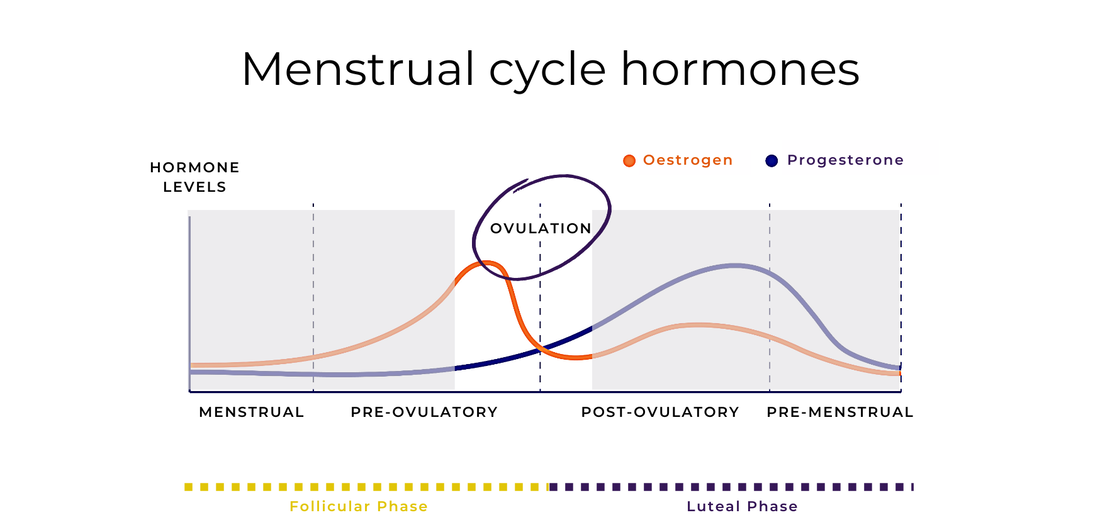

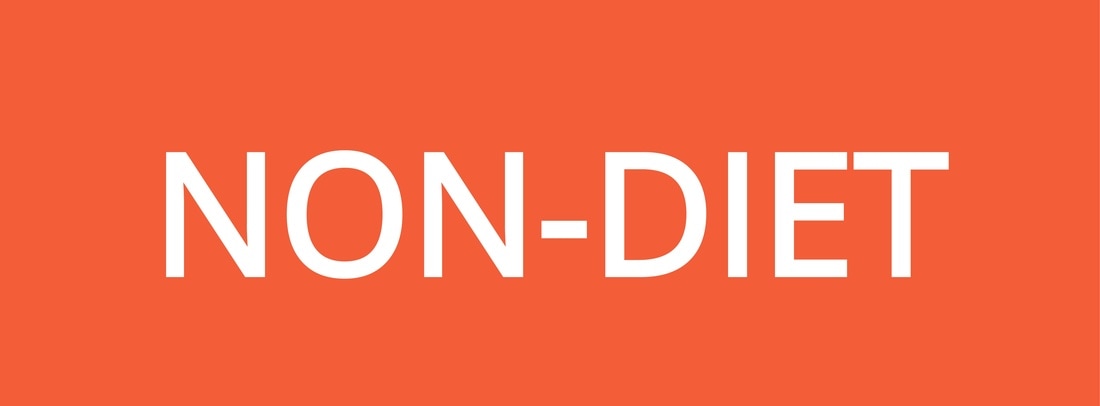


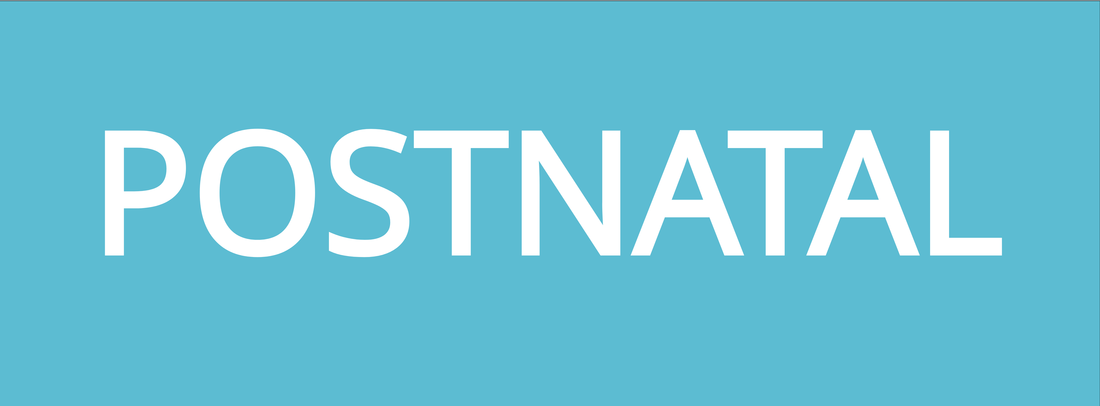
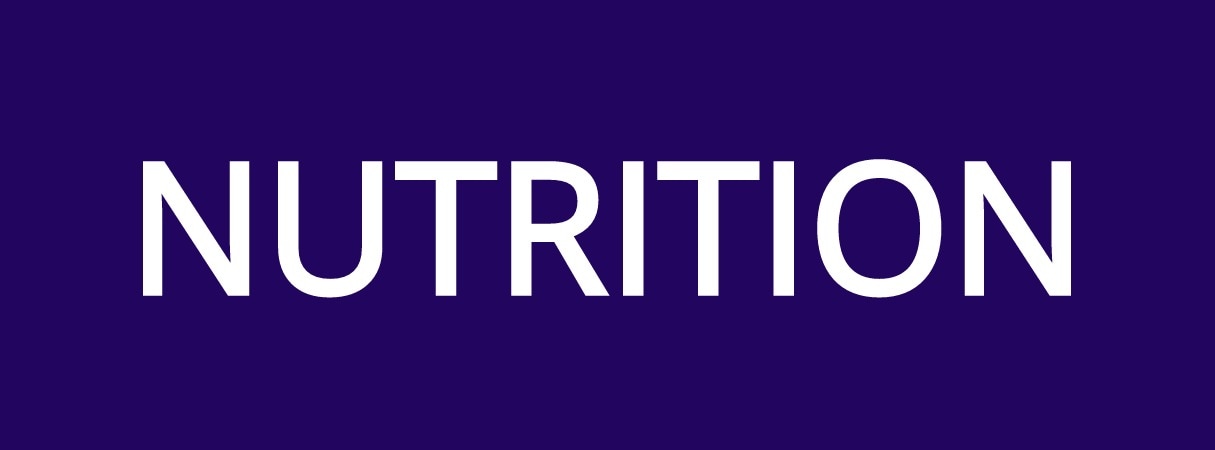

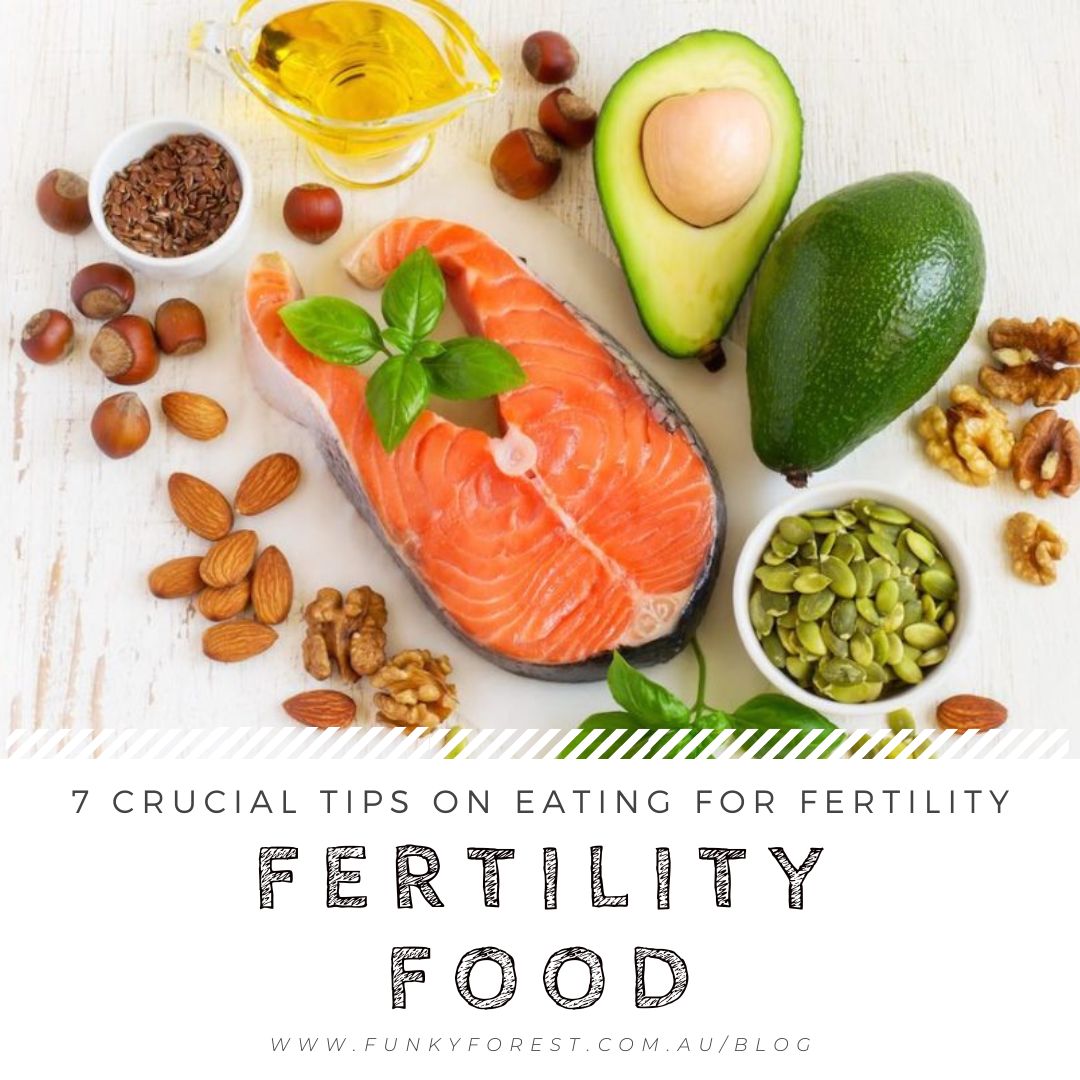
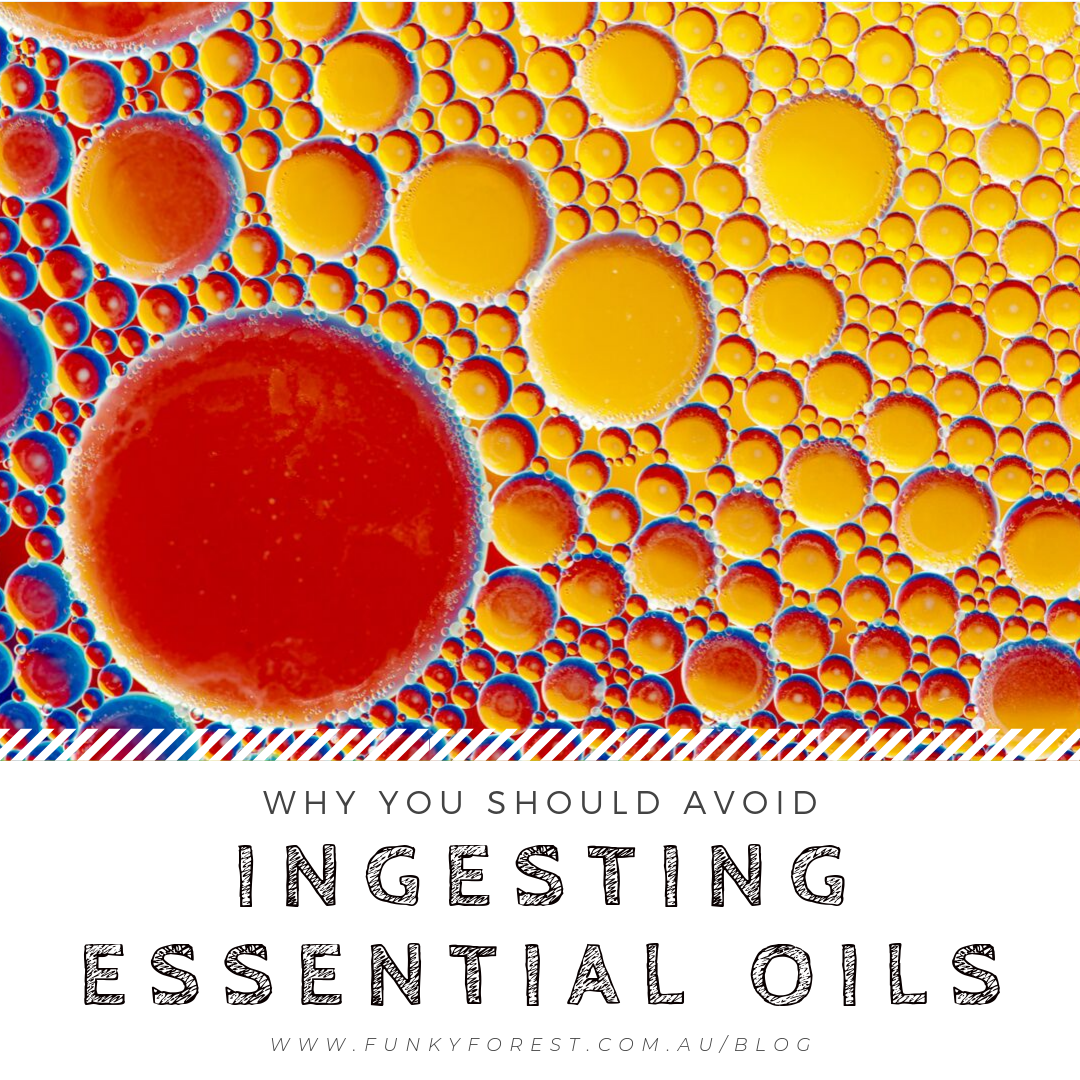
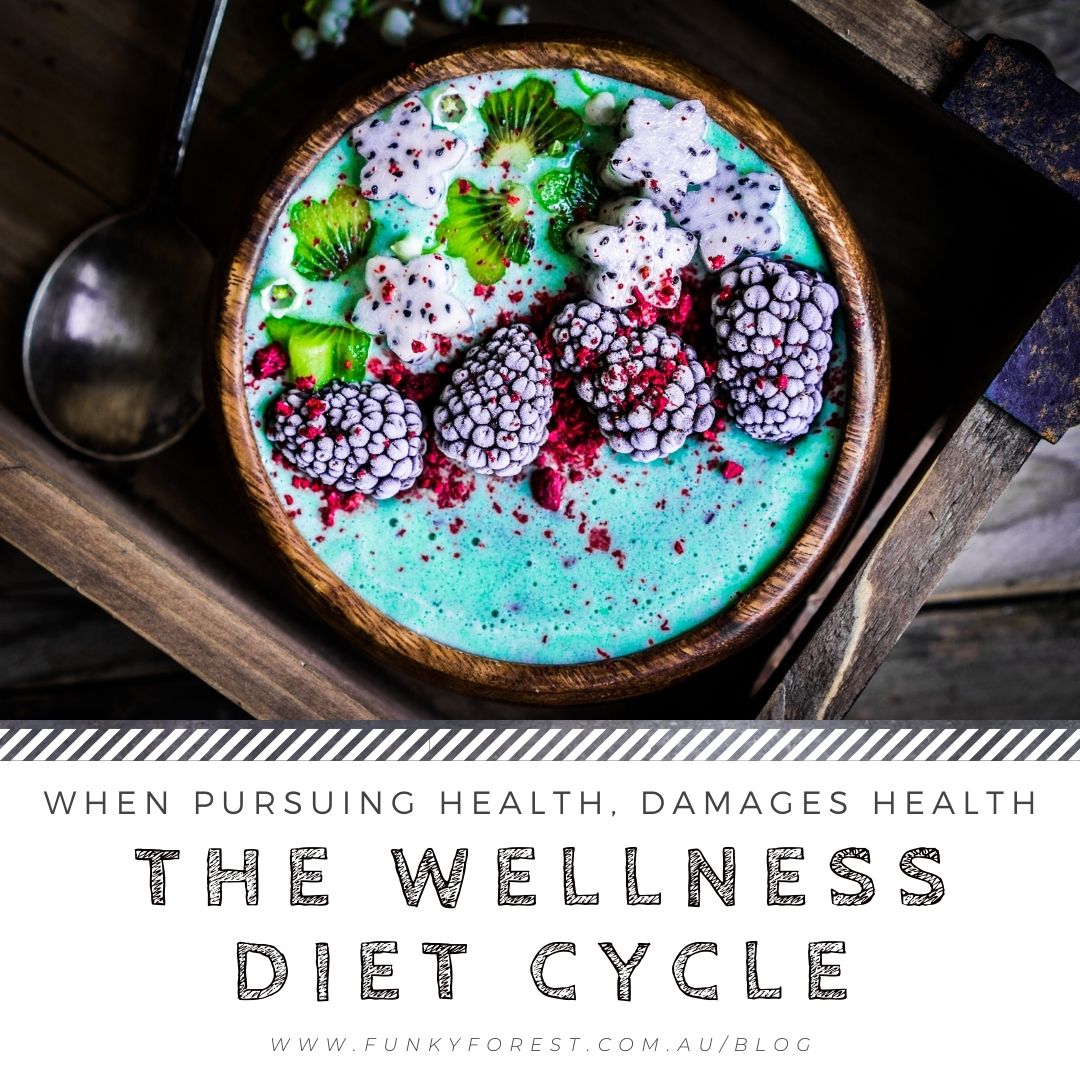
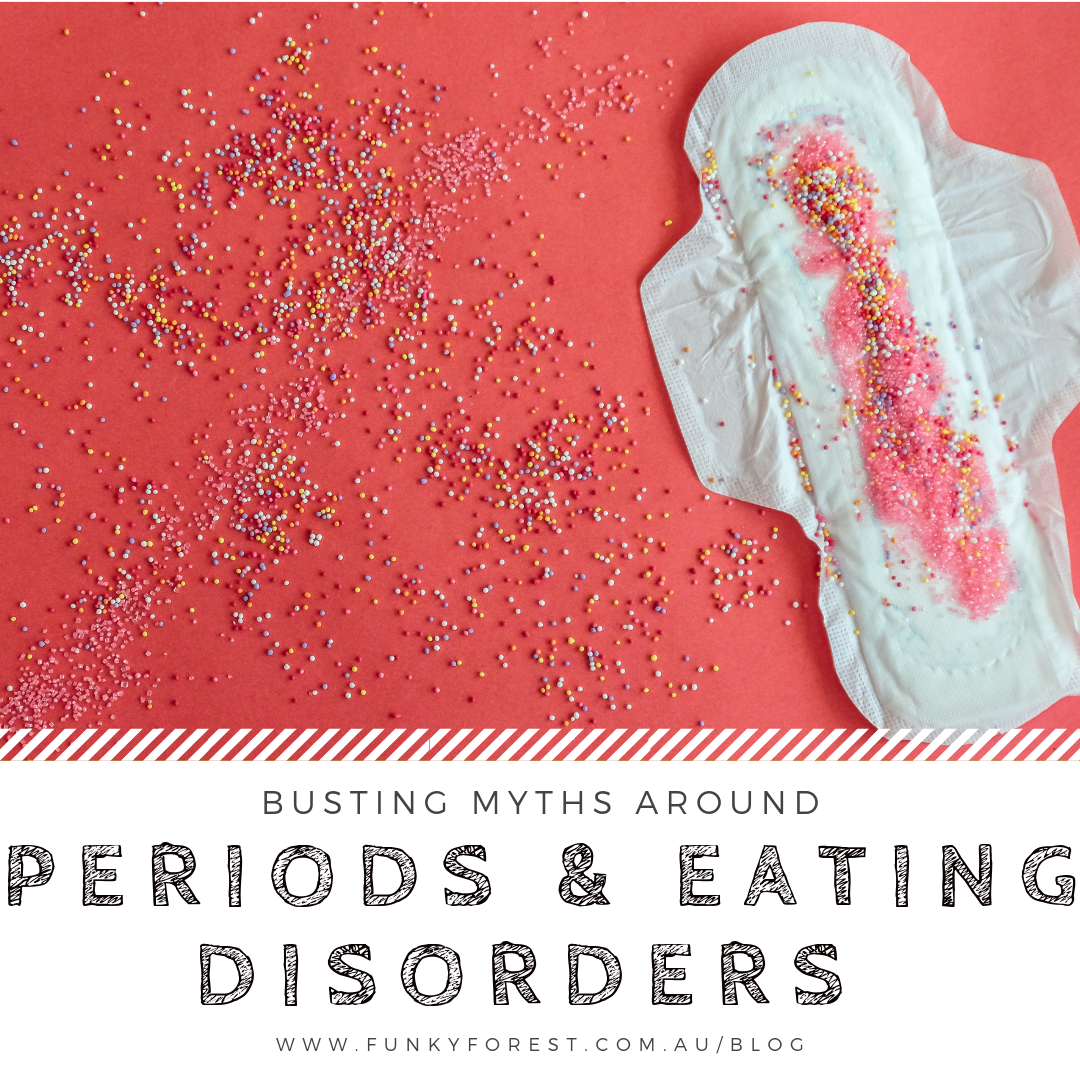
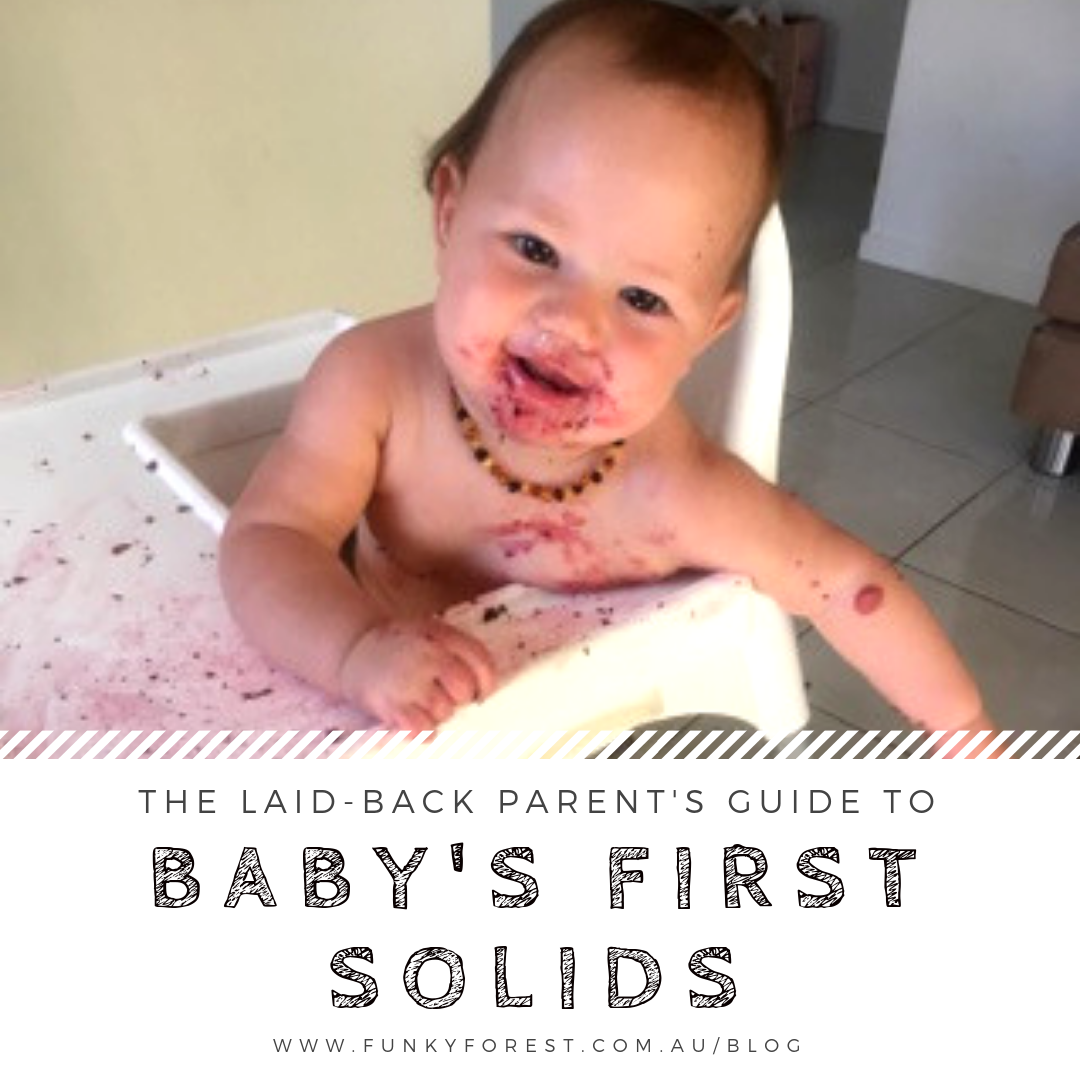





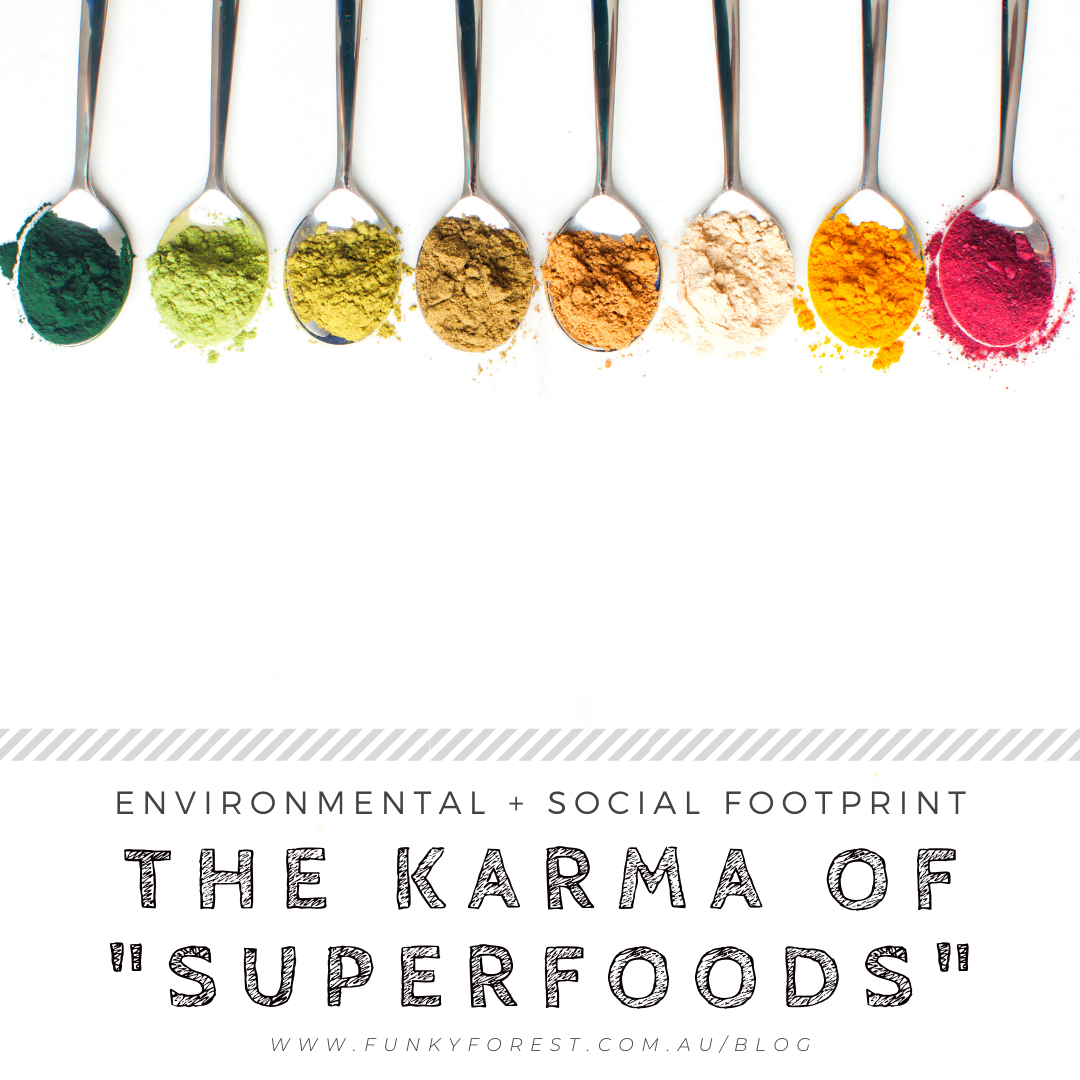
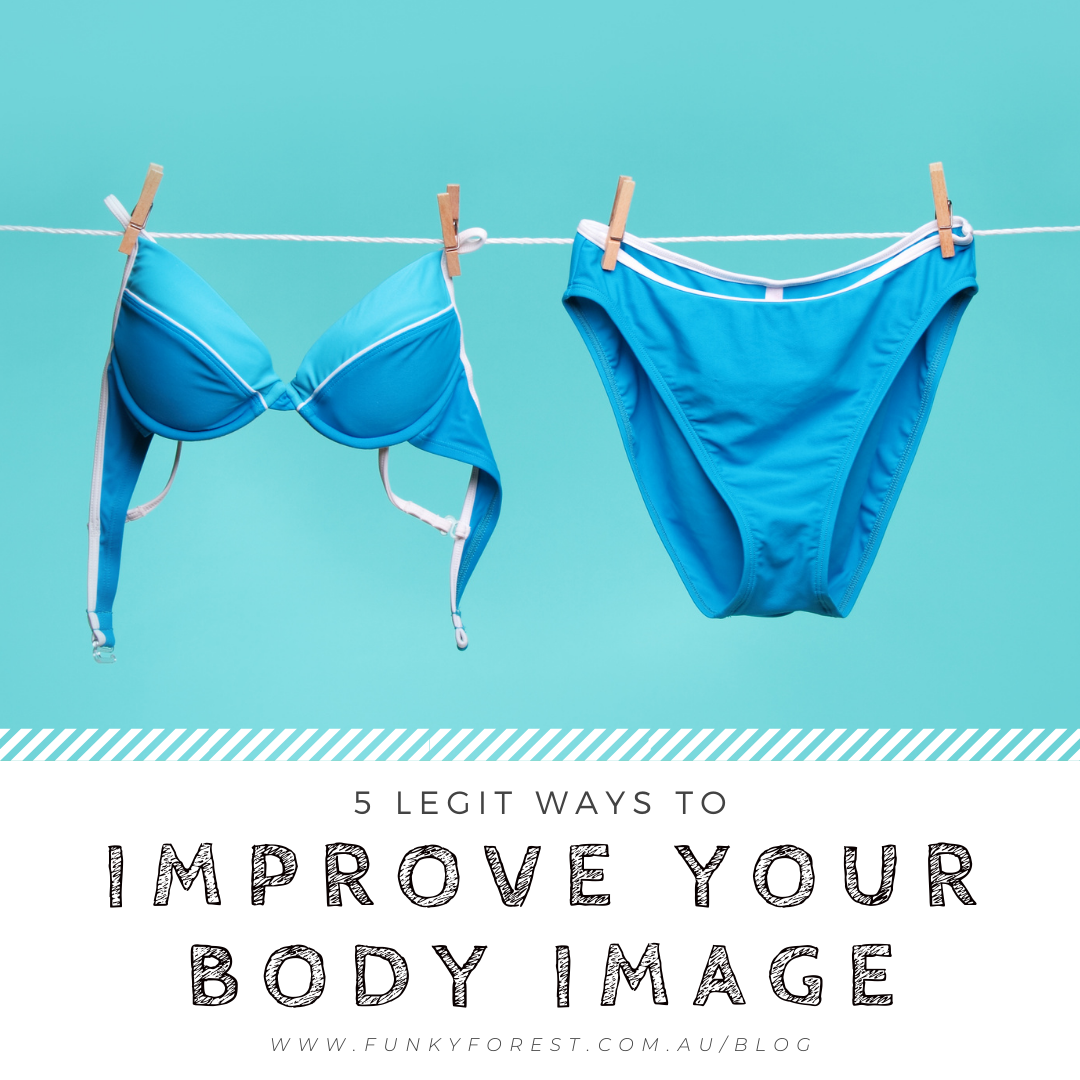
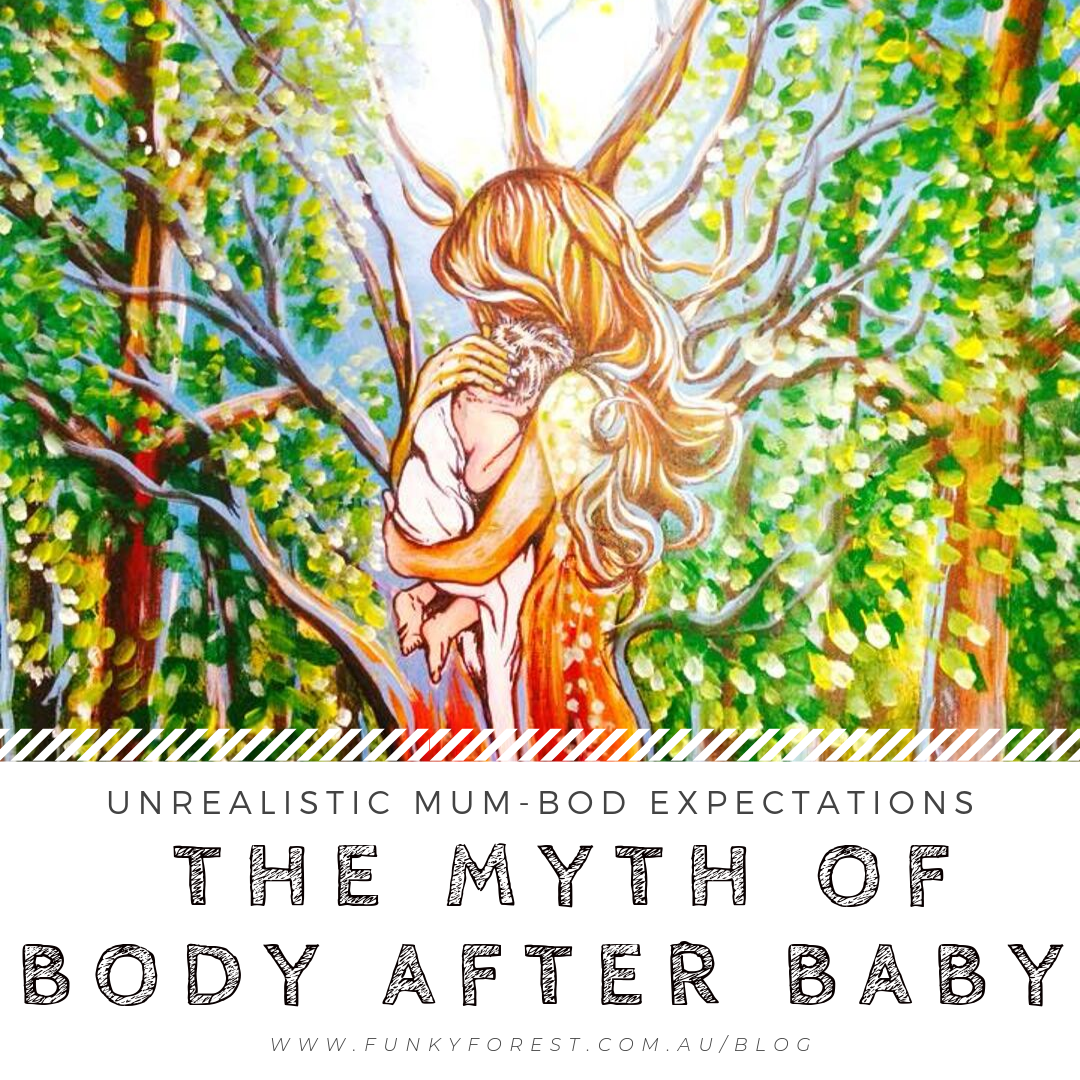
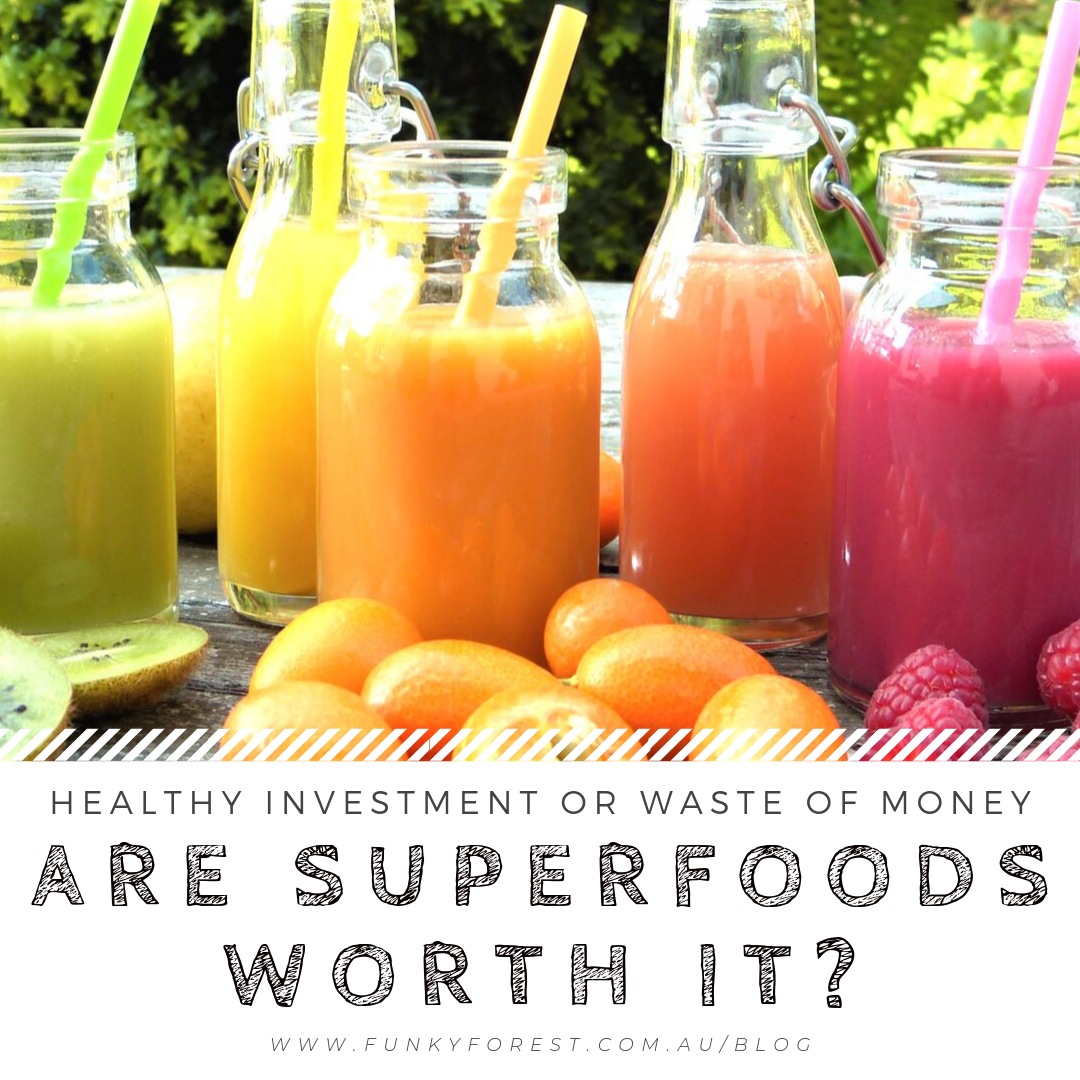

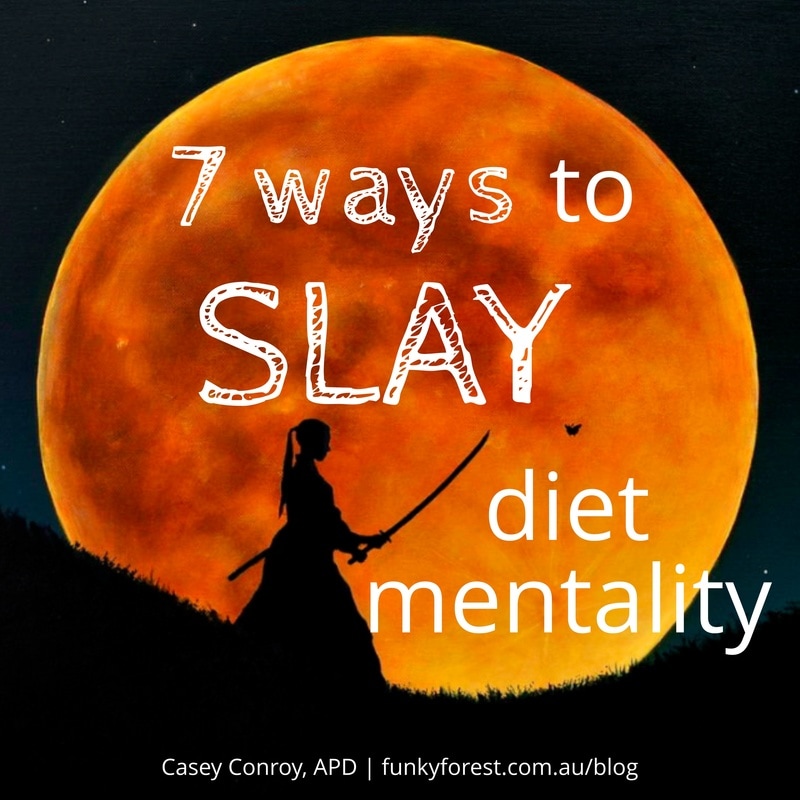
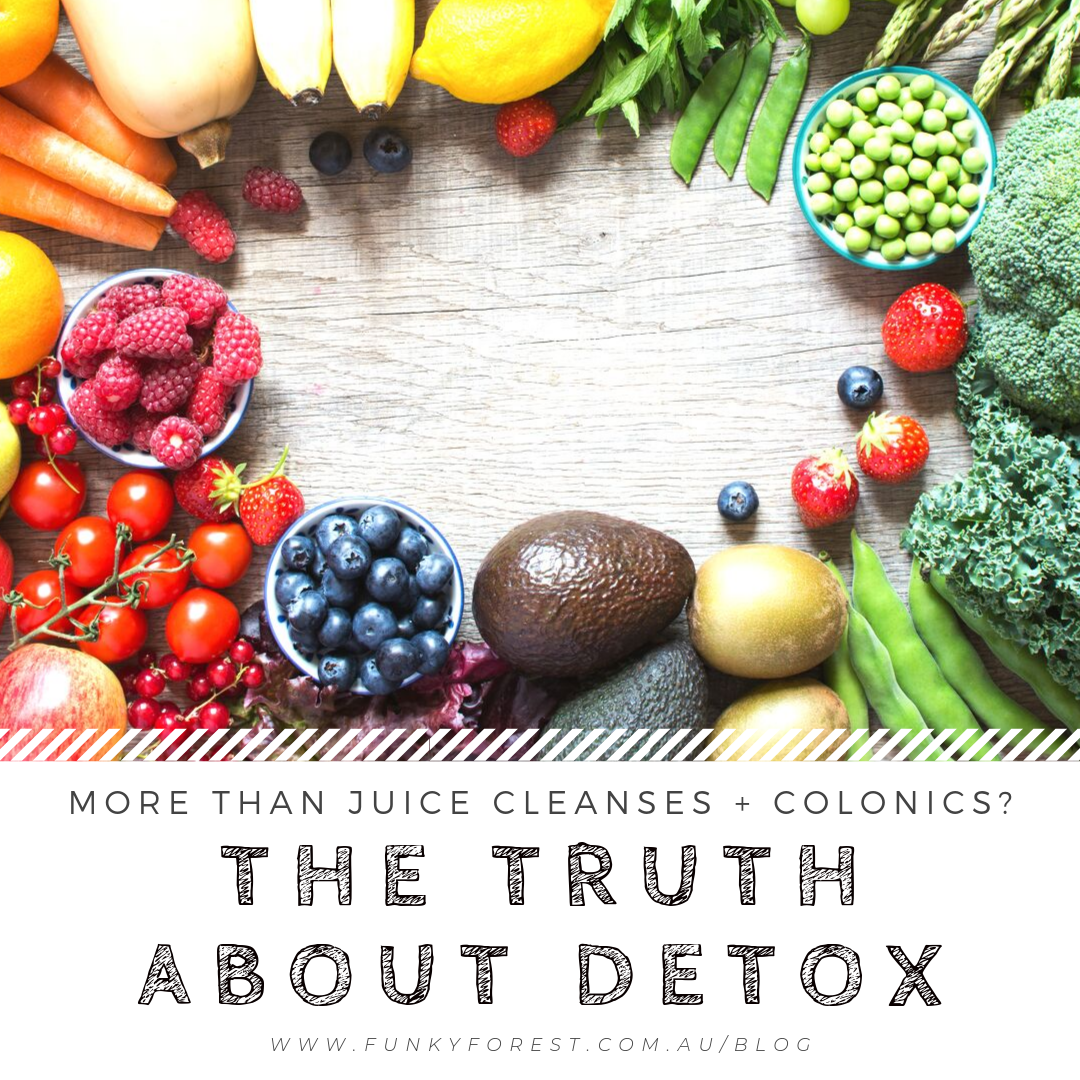
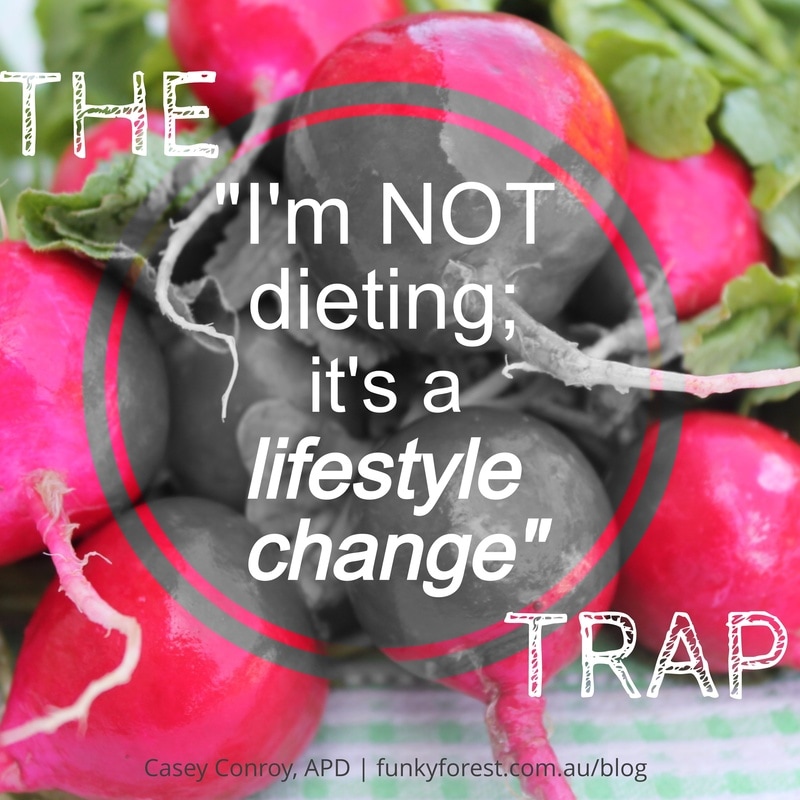

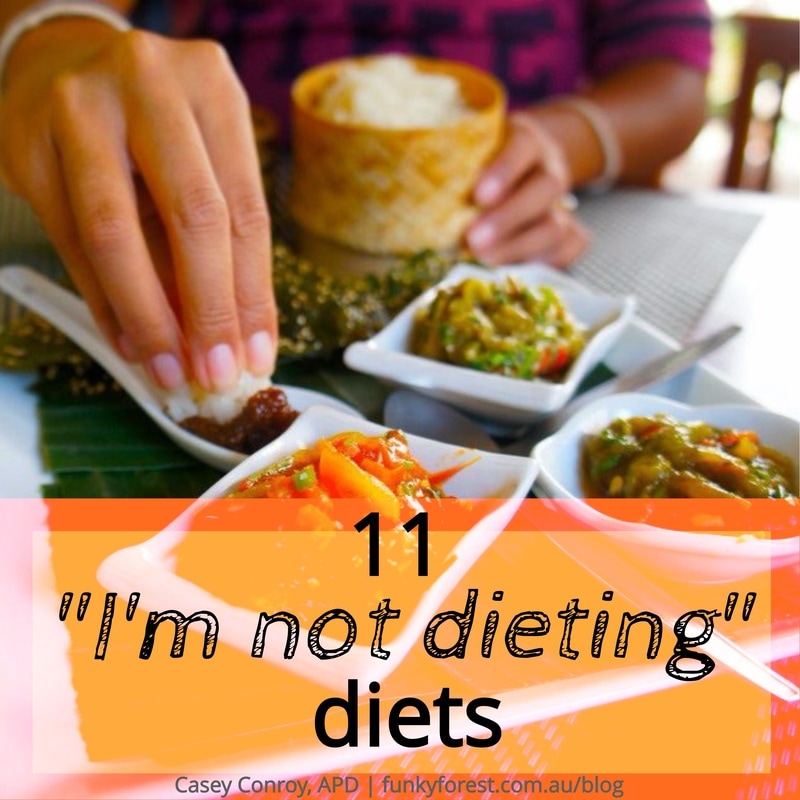

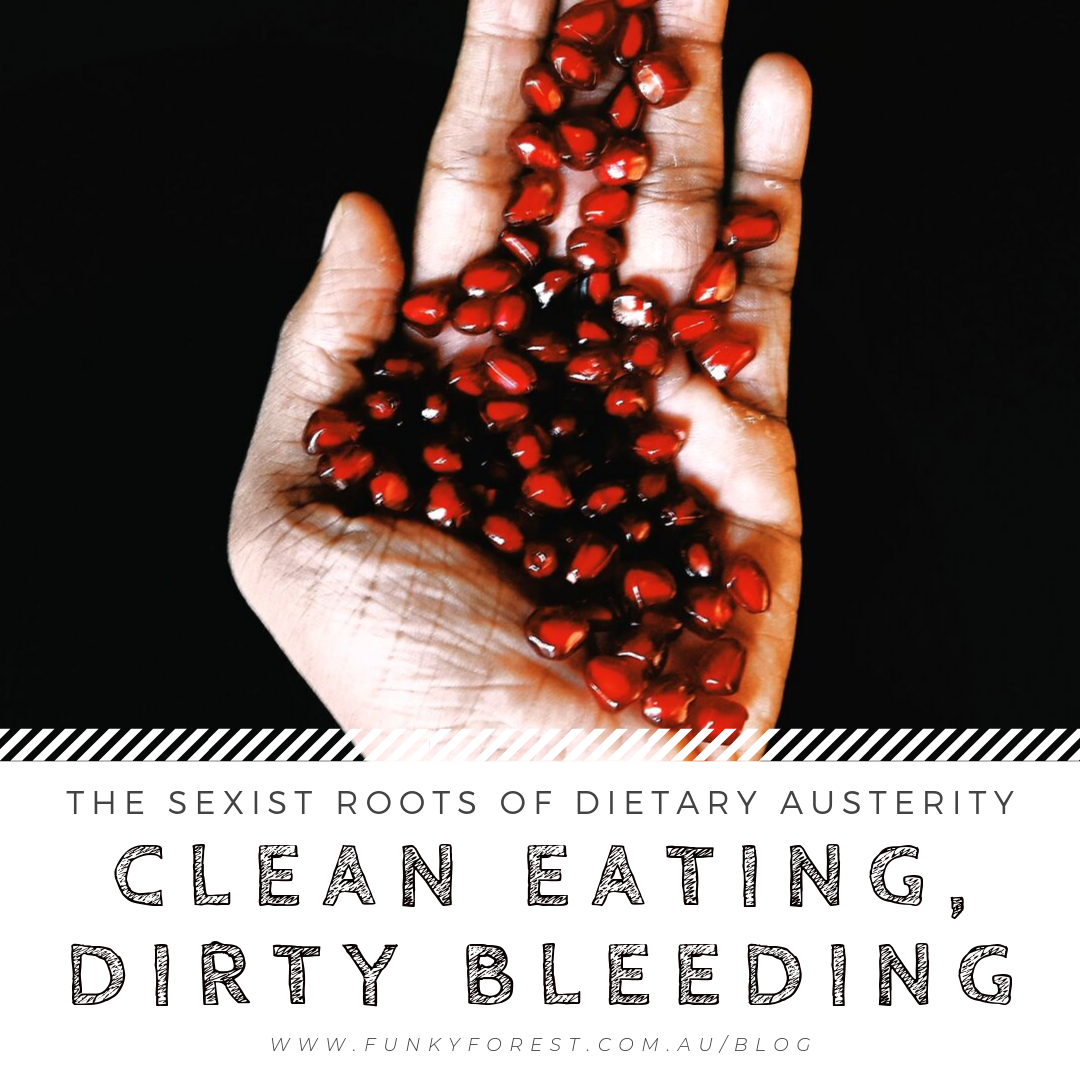

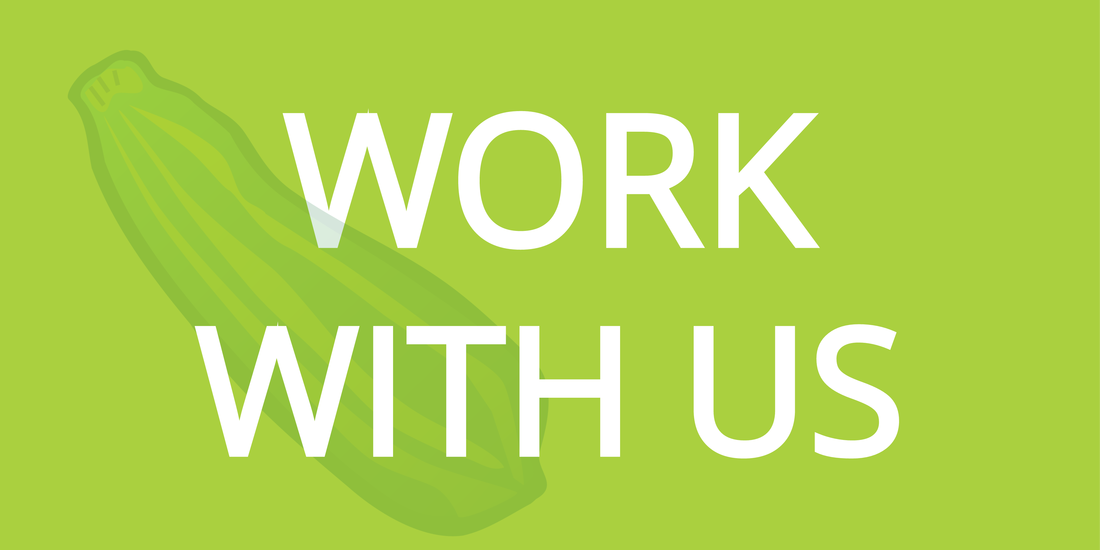
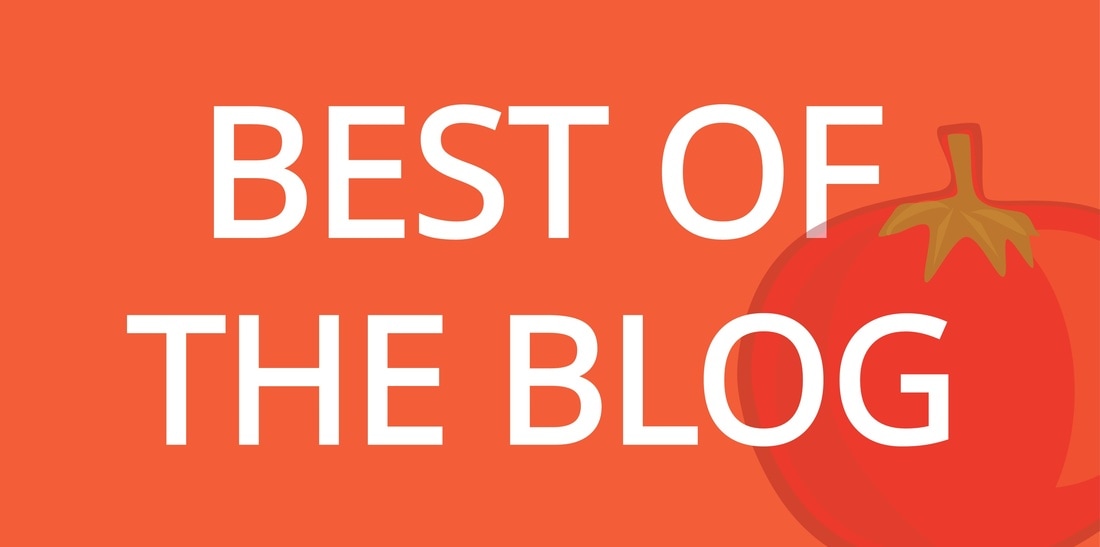

 RSS Feed
RSS Feed



